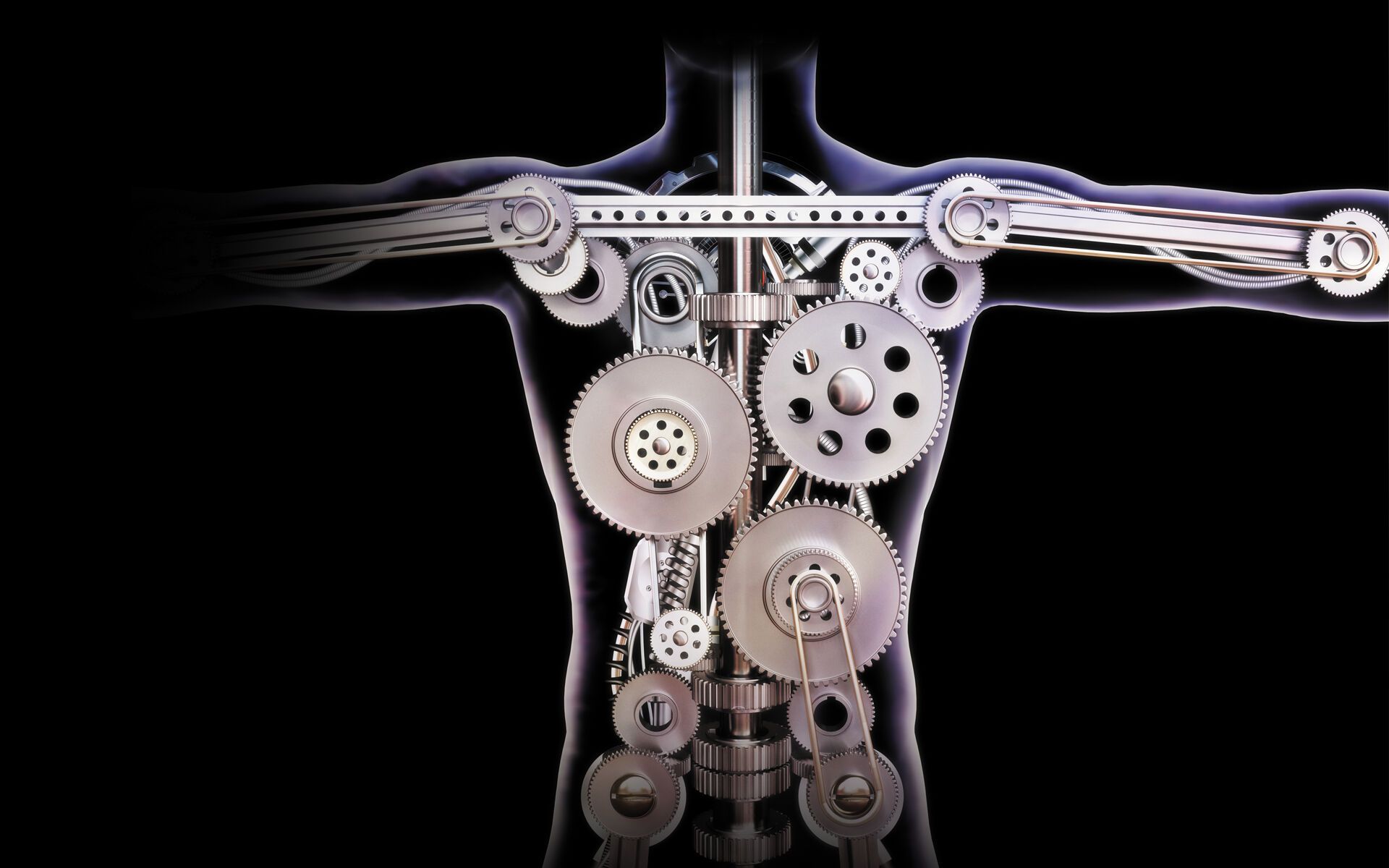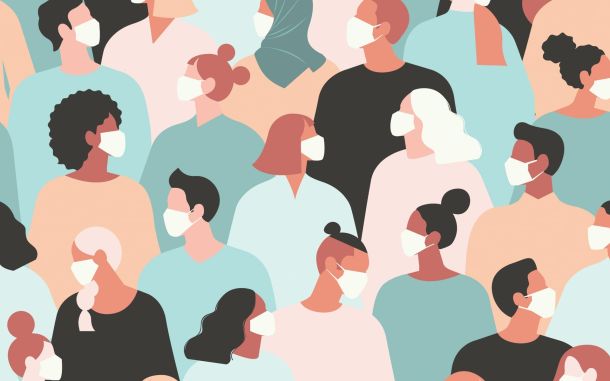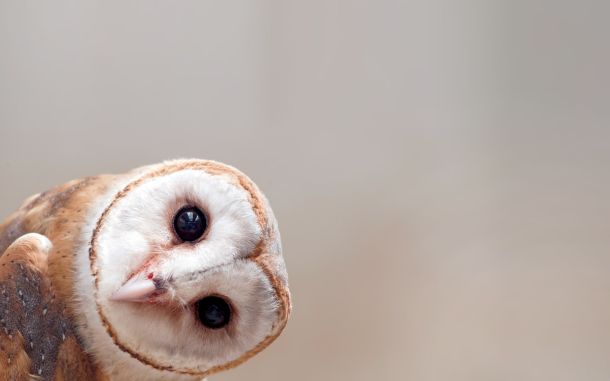Cooperation

In This Article
-
The remarkable functioning of the human body is a testament to the incredible cooperation among its organs. Each organ plays a specific role, and their interdependence ensures the body's survival and well-being.
-
Most physiological functions originate from the communication between organs. While studies have focused on reciprocal interactions between pairs of organs and diseases affecting them, crosstalk between two organs may involve mechanisms beyond those two organs.
-
"The analogy of believers in their affection, mercy, and compassion for each other is like that of a body. When any limb aches, the whole body reacts with sleeplessness and fever."
A holistic perspective on the universe reveals one common feature at all levels of existence: cooperation. From cells and tissues in our body to communities helping one another, cooperation is a key dynamic in biological life and for the survival of our society. In this article, we will see some examples of how this phenomenon unfolds in nature and in our lives.
Cooperation in our body
Let’s start with what is nearest to each of us: our body. The body comprises cells, and tissues consist of cells that perform similar functions. The term "tissue" originates from a Latin word meaning "to weave," as cells making up tissues are sometimes interwoven. When groups of tissues collaborate, they form organs. Examples of organs include the heart, lungs, skin, and stomach. When organs work together, they constitute systems. For instance, the heart, lungs, blood, and blood vessels collectively form the circulatory system. The human body encompasses eleven systems: muscular, respiratory, digestive, integumentary (skin), skeletal, circulatory (or cardiovascular), excretory (or urinary), reproductive, nervous, lymphatic, and endocrine systems. Each system has a distinct function, contributing to a complex system where countless organs and tissues work harmoniously for survival and well-being. The specific functions of each organ are interdependent, akin to a well-coordinated orchestra relying on each instrument playing its part.
The remarkable functioning of the human body is a testament to the incredible cooperation among its organs. Each organ plays a specific role, and their interdependence ensures the body's survival and well-being. From the circulatory system delivering life-sustaining resources to the liver's detoxification efforts, the kidneys' fluid regulation, the lungs' oxygen exchange, the immune system's protection, to the brain's control center role, every organ contributes to the intricate symphony of the body.
Organ systems are now well understood to be tightly interlinked, responding coordinately to internal and external demands, dynamically maintaining the body's homeostasis. Homeostasis, a self-regulating process, allows the organism to maintain internal stability while adapting to changing external conditions. Close interactions among systems are crucial for protecting organs and promoting health. While such interactions are beneficial, they may also contribute to pathologies affecting multiple organs.
Communication between organs primarily occurs through two main systems: blood vessels and nerves. Nerves can directly establish connections between organs, while signaling factors transferred through the blood circulation can selectively affect specific organs expressing specific receptors or due to the organ's proximity to the blood vessel connection. Analogously, diverse human communities should have appropriate communication methods to understand each other better and in the correct way.
Most physiological functions originate from the communication between organs. While studies have focused on reciprocal interactions between pairs of organs and diseases affecting them, crosstalk between two organs may involve mechanisms beyond those two organs. Systemic homeostasis maintenance and responses to nutritional and environmental challenges require the coordination of multiple organs and tissues. For instance, communication between the heart and kidneys in cardiorenal syndrome may involve the brain, adrenal glands, and bone marrow. Mechanisms facilitating organ crosstalk operate at the system, tissue, cell, and molecular levels. Although vital organs generally function in coordination and harmony, dysregulation of these communication lines contributes to human pathologies, including obesity, diabetes, liver disease, and atherosclerosis. Sudden or chronic dysfunction of one organ can cause disorder in another organ. For example, kidney dysfunction can adversely affect the hematological system, and acute kidney injury leading to uremia can result in a hepatorenal syndrome. Similarly, when there is a problem between two communities, other communities should be involved to solve the problem, and the interaction should start at the smallest part of the community from each human.
Cooperation in society
Our planet hosts a diverse and continually expanding global population. Nearly 8 billion individuals inhabit 195 countries, marking an unprecedented level of interconnectedness. While this diversity enriches our world with cultural exchange, it also presents a host of intricate problems. The world grapples with a multitude of complex and interlinked issues, including climate change, poverty, inequality, political instability, global health crises, migration, displacement, resource scarcity, education, access to information, the rise of nationalism, and wars. The diversity among nations, each with its distinct identity and challenges, serves as a testament to humanity's capacity to establish unique societies and governance structures. Despite many obstacles arising from diversity, we have to find ways to promote global cooperation and resolve common problems.
One good example of such cooperation took place in my neighborhood when the war first broke out in Ukraine. The Ukrainian church hosted an event and I participated with my other Muslim friends to show solidarity for the difficult times they were going through. As we donated our aid materials, they were very pleased with our presence, and we, in turn, experienced the relief of sharing people's concerns. After some time, there was a massive earthquake in Turkey, and many people were injured or died. There was a great need for many aid materials. During that period, even though we didn't make any requests, our Ukrainian brothers and sisters managed to collect as much aid as they could among themselves and brought it to us in a truck. Later, when the war broke out in the Middle East, an interfaith dialogue program was organized in a synagogue, seeking to understand the harsh realities of war and promoting unity among the Muslim, Christian, and Jewish communities. We also participated in that event. During the gathering, individuals from diverse religious backgrounds discovered common ground in their shared aversion to war, death, and conflict. The prevailing theme centered around unity, solidarity, and a collective yearning for peace.
Here is an anecdote from history which narrates a good example of solidarity. It is told that the Ottoman Sultan Mehmet II once went to the marketplace in disguise early in the morning. His purpose was to witness first-hand how his people were doing in real life. He entered one of the shops and ordered a few things. The shopkeeper didn’t recognize him, and he brought only one of the desired items. He said to the Sultan “Sir, I have made my morning sales, and my neighbor has not sold anything yet. Please get the others from him.” The Sultan then entered the neighboring shop; again, one of the requested items is prepared, and the shopkeeper asked the Sultan to go to the shop next door to finalize his purchases, because his neighbor had not yet made a morning sale.
As a child, I used to labor in the village fields, with each family's plot situated adjacent to one another. Simultaneously, everyone engaged in the same tasks, tending to their individual sections. After completing the work in their respective fields, families promptly lent assistance to their neighbors, collectively finishing the tasks. Progressing seamlessly from one plot to another, the community endeavored to complete the work together. I recall the joy I felt when neighbors came to aid us, momentarily overshadowing the challenges of the labor.
"The analogy of believers in their affection, mercy, and compassion for each other is like that of a body. When any limb aches, the whole body reacts with sleeplessness and fever," says Prophet Muhammad, peace be upon him, which beautifully captures the essence of unity, compassion, and interconnectedness he expects from his community. Similar to how our body responds to health problems, people are urged to react similarly when one of their members is in distress. This unity should go beyond mere words; it embodies the practical responsibility of the community to stand together during difficult times and provide support. Additionally, the Prophet emphasized the principle that “None of you will have faith until you love for your brother what you love for yourself” [al-Bukhari]. This statement inclusively applies to all, emphasizing the essence of unity by bringing together individuals from diverse backgrounds through love and respect. We see the example of sympathy and sense of responsibility in Fethullah Gülen’s teachings on peace, dialogue, and altruism. Contrary to the understanding that “fire burns where it falls,” Gülen says “Wherever fire falls, it burns me” symbolizing a selfless commitment to service and compassion. Gülen envisions a world where the suffering of others is deeply felt and responded to with compassion. This perspective goes beyond mere sympathy; it entails an active and selfless commitment to help those in need, regardless of their background or circumstances.
In conclusion, just as the body cannot operate efficiently when its components are in discord, we cannot realize our full potential if our society is divided into irreconcilable camps. Unity fosters a sense of togetherness, promoting love, harmony, and generosity among people like among each organ of the body at the time of a disease. By acknowledging our common challenges and working towards unity, we can collaboratively strive to build a more sustainable and just world for everyone. As believers, we can utilize unity as a foundation to extend kindness to others. It is imperative to genuinely spread kindness to our family, friends, humanity, and the world at large, beginning with those closest to us such as family members, coworkers, and neighbors.
References
- Sahih Muslim 2586a.
- Sunan Ibn Majah 66.
- https://en.wikipedia.org/wiki/List_of_countries_and_dependencies_by_area
- https://www.britannica.com/browse/Cells-Organs-Tissues
- Oishi Y, Manabe I. Organ System Crosstalk in Cardiometabolic Disease in the Age of Multimorbidity. Front Cardiovasc Med. 2020 Apr 28;7:64. doi: 10.3389/fcvm.2020.00064. PMID: 32411724; PMCID: PMC7198858.
- Armutcu, F. Organ crosstalk: the potent roles of inflammation and fibrotic changes in the course of organ interactions. Res. 68, 825–839 (2019). https://doi.org/10.1007/s00011-019-01271-7








